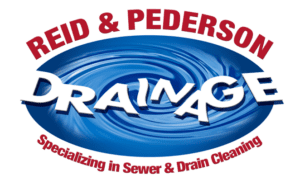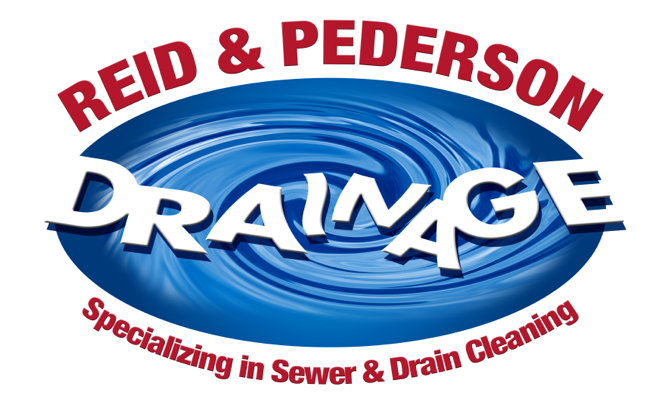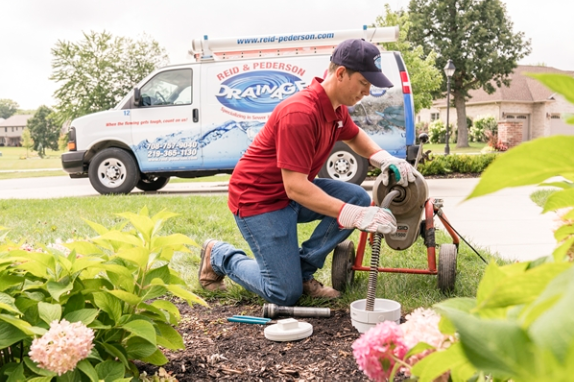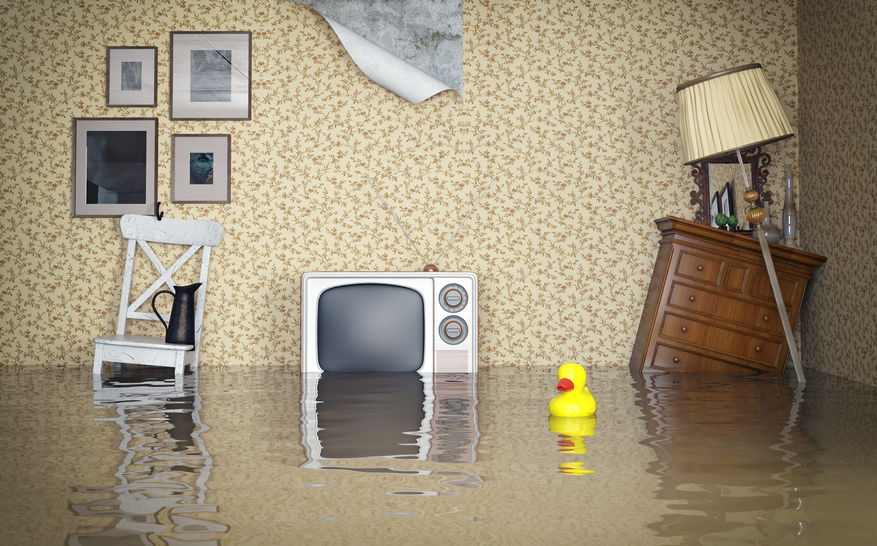
“Sewer line repair”. These three words are dreaded by homeowners – and for good reason. Sewer line repair can be costly, and homeowners are typically responsible for the portion of the sewer line running from the house to the street.
Tree roots that grow through pipes, built-up gunk that clogs pipes, and older steel or clay pipes that are beginning to disintegrate are all common things that happen to sewer pipes over time.
Fortunately, if you can spot the following early indications of a failing sewer line, you can usually save yourself lots of money and headaches!
1. Slow Draining Tubs, Sinks, and Showers
Slowly draining sinks, tubs and showers are an annoying situation where you may be tempted to respond by dumping harmful chemicals like Drano or Liquid Plumber down the drain. But these agents could be causing more harm than good, especially if your home has older steel or clay pipes, as these products can easily eat them away. Furthermore, a slow draining pipe can be the first indicator of a larger problem. Call a professional sewer and drain expert when you discover a slow-draining fixture – they can effectively diagnose and recommend the best way to maintain your sewer system.
2.Odd Sounds and Bad Smells
Strange, strong smells and unusual sounds could also indicate a sewer problem. If your toilet is making strange gurgling noises, if you notice a sinkhole in your yard or if you smell that unmistakable (and very unpleasant!) sewer smell throughout your home, it’s probably time to call a professional in to take a closer look.
3. Foundation-Level Water Damage
Sewer damage can cause extra moisture to leak through your home’s foundation. If you notice cracking around the foundation or moisture on your basement walls, call a professional into double check that the wetness isn’t caused by a broken sewer pipe.
4. Changing Water Levels in the Toilet Bowl
Have you ever noticed a very low water level in your toilet in the morning, only to see that it’s almost full by the evening? Such shifting water levels are often a sign of a deteriorating sewer system, so call a professional if you start to notice this phenomenon.
5. Staining Around Basement Drains
Water ring stains around basement drains are another indication that the sewer line should be checked out by a professional.
6. Booming Pest Populations
Malfunctioning sewer lines are like magnets to mice, rats, and insects. If you’re noticing sewer flies, increased droppings in and around your home or other signs of a pest infestation, a thorough look at your sewer line through a camera is your best bet.
Getting Help from Drain & Sewer Pros
Knowing the signs of a broken sewer line could potentially end up saving you hundreds to thousands of dollars. If you’re frequently experiencing one or more of these problems, your absolute best bet is to call a professional sewer and drain expert for a complete assessment of your sewer line. This usually begins with a sewer camera inspection that uncovers and pinpoints all problems in your sewer line. From there, a recommended plan for remedying the problems discovered is created and shared with you.
Finding sewer line issues early on, before they become larger issues, is the best way to ensure that your sewer line will remain in optimal shape. You can help accomplish this by following our “Sewer & Drain Maintenance Tips for Fall” or by learning the right way to manage sewer problems.
Reach out to us at Reid & Pederson Drainage if you’re experiencing any of the issues mentioned above or if you have any questions!




